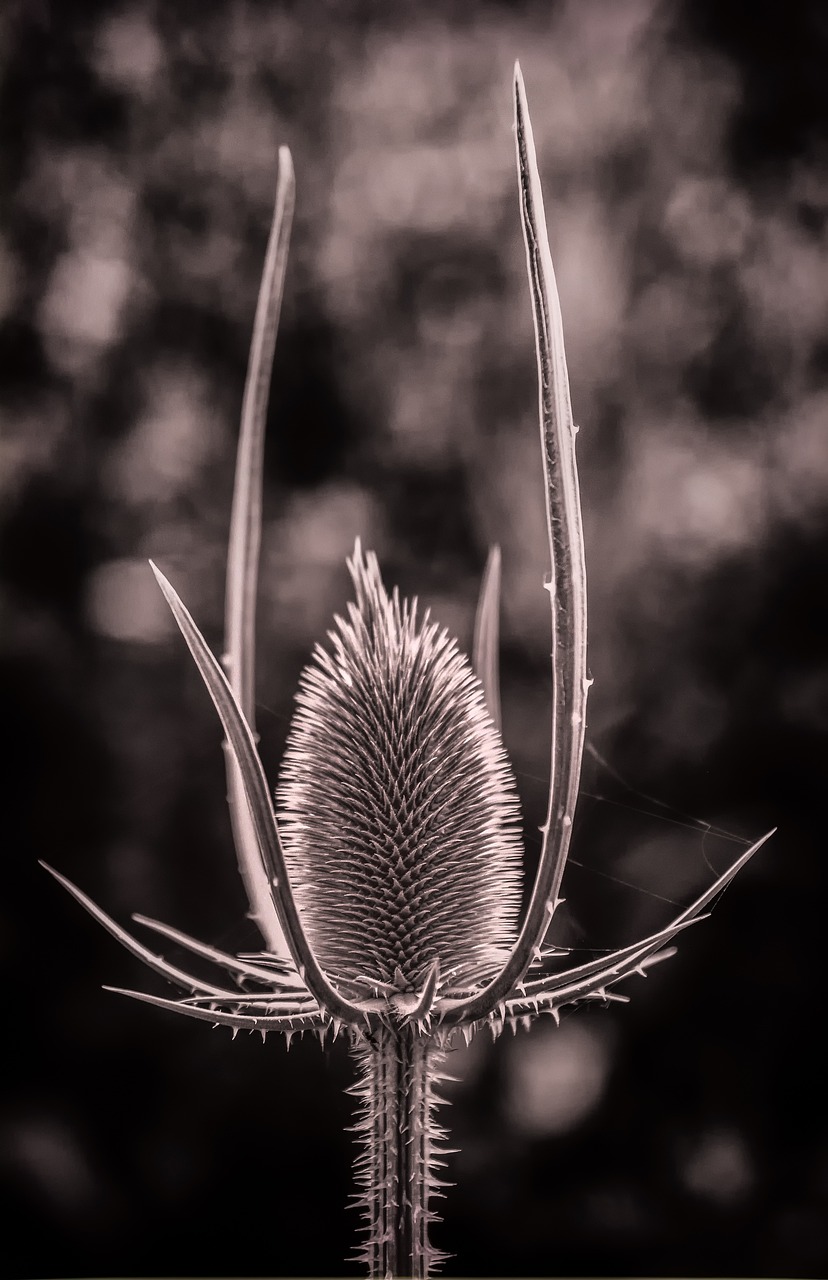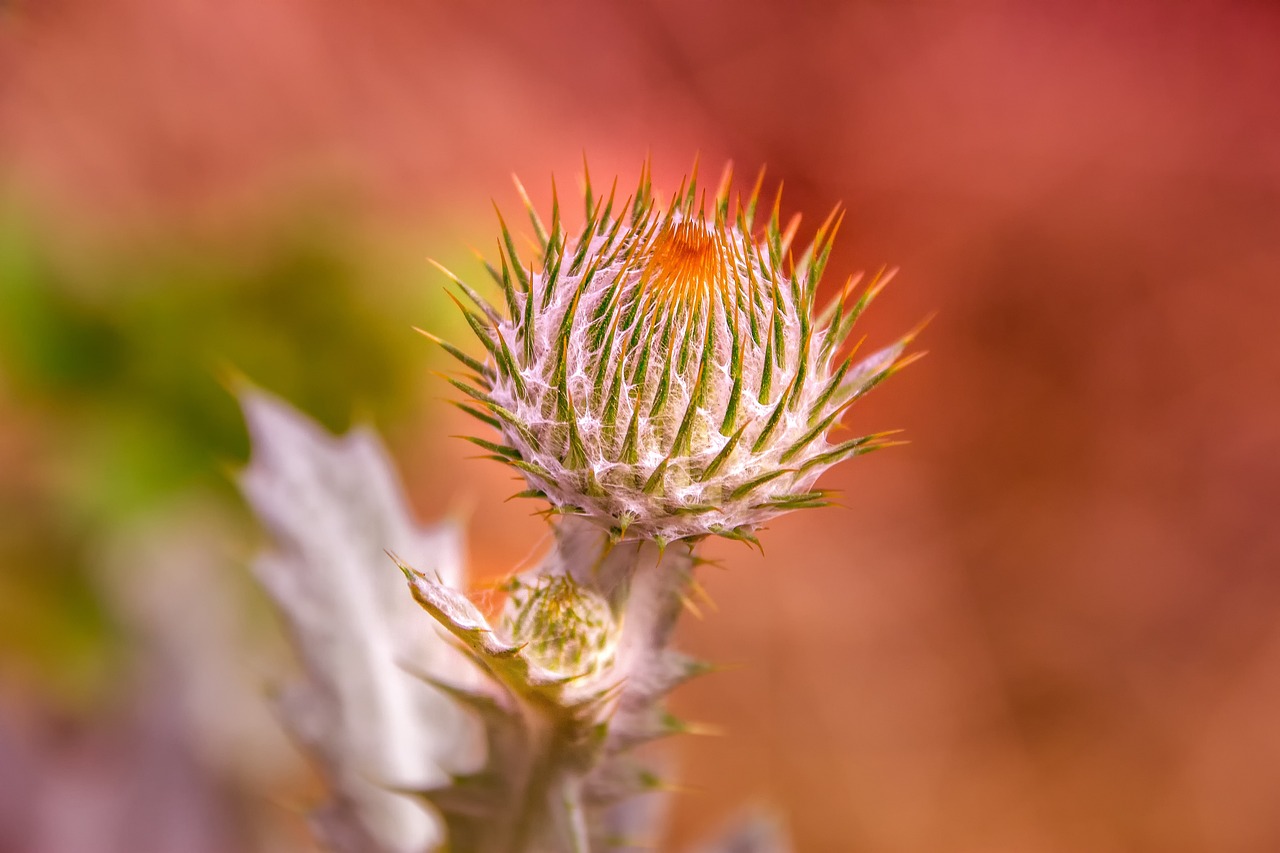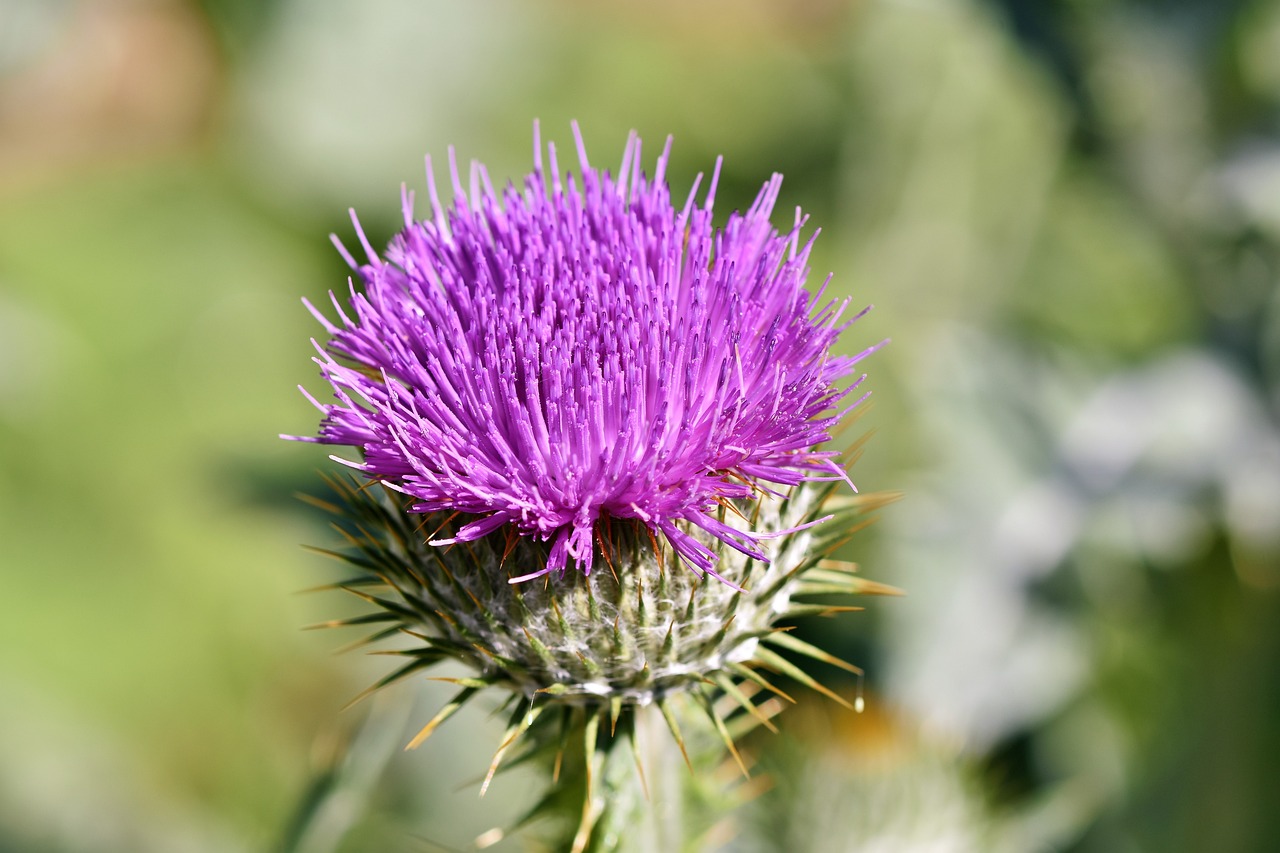“`html
The Enchanting World of Thistles: A Comprehensive Guide
Thistles are a fascinating group of plants that often capture the imagination of gardeners and nature enthusiasts alike. Known for their spiky appearance and vibrant blooms, thistles are more than just a prickly weed. In this post, we will delve into the world of thistles, exploring their habitat, characteristics, symbolism, and how to grow them successfully in your garden.
Understanding Thistles: Habitat, Characteristics, and Symbolism
Habitat of Thistles
Thistles are hardy plants that thrive in a variety of environments around the world. Typically found in temperate regions, they can often be seen in fields, meadows, and along roadsides. Thistles are known for their ability to grow in poor soil conditions, making them a common sight in areas where other plants may struggle to survive.
Characteristics of Thistles
Thistles belong to the Asteraceae family, which includes a wide variety of species. They are easily recognizable by their spiny leaves and stems, which serve as a natural defense mechanism against herbivores. Thistle flowers are usually purple, pink, or white and have a unique, fluffy appearance. These blooms are highly attractive to pollinators such as bees and butterflies, contributing to the ecological diversity of their habitats.
Symbolism of Thistles
The thistle holds a rich symbolism, particularly in Scotland, where it is the national emblem. It represents strength, resilience, and determination, qualities that are reflected in its ability to thrive in challenging environments. In the language of flowers, thistles are often associated with protection and pride.

How to Grow Thistles in Your Garden
Choosing the Right Thistle Variety
When deciding to grow thistles in your garden, it’s important to choose the right variety. Some common garden-friendly species include the Cirsium and Carduus genera. These varieties are known for their ornamental appeal and manageable growth habits, making them suitable for garden settings.
Planting and Care
Thistles are relatively easy to grow, provided they are given the right conditions. Here are some key considerations:
- Soil: Thistles prefer well-drained soil and can tolerate a range of soil types, including poor or rocky soil. Ensure the area is free from excessive moisture.
- Sunlight: These plants thrive in full sun, although they can tolerate partial shade. Choose a location that receives at least six hours of sunlight daily.
- Watering: Thistles are drought-tolerant plants. Water them sparingly once established, as excessive moisture can lead to root rot.
- Fertilization: Thistles generally do not require fertilization. However, a light application of a balanced fertilizer can promote healthier growth.
Managing Thistle Growth
While thistles are beautiful, they can become invasive if not managed properly. Regularly check your plants and remove any unwanted seedlings to prevent them from spreading. Deadheading, or removing spent flowers, can also help control their growth and encourage more blooms.

Additional Insights into Thistles
Thistles in Culinary and Medicinal Use
Beyond their ornamental value, some thistle varieties have culinary and medicinal uses. For example, the milk thistle (Silybum marianum) is renowned for its liver-supporting properties and is often used in herbal medicine. Certain parts of thistles, like the young stems and roots, can also be consumed, offering a unique, earthy flavor to dishes.
Thistles and Wildlife
Thistles play a significant role in supporting wildlife. Their flowers provide nectar for bees and butterflies, while their seeds are a food source for birds, particularly goldfinches. By incorporating thistles into your garden, you can contribute to local biodiversity and create a haven for various species.
Thistle Pests and Diseases
Thistles are generally pest-resistant due to their spiny nature. However, they can occasionally face issues such as aphid infestations or fungal diseases. Regularly inspecting your plants and maintaining good garden hygiene can prevent these problems.
Conclusion
In conclusion, thistles are a remarkable group of plants that offer both aesthetic and ecological benefits. By understanding their habitat, characteristics, and care requirements, you can successfully incorporate thistles into your garden, adding a touch of wild beauty and supporting local wildlife. Whether you’re drawn to their symbolism or their vibrant blooms, thistles are a worthy addition to any garden enthusiast’s collection.
For more information on gardening tips and plant care, check out our Gardening Tips page. Additionally, you can learn more about the ecological role of thistles by visiting BBC Earth.
“`
